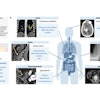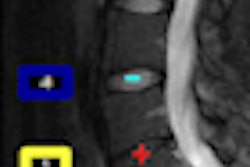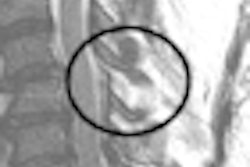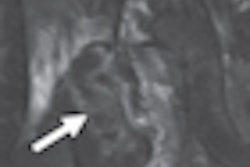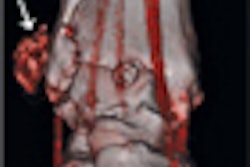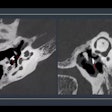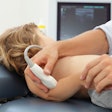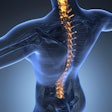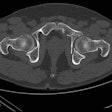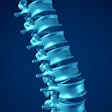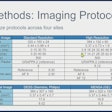Dear Musculoskeletal Imaging Insider,
In this issue of the Insider, you get an exclusive first look at a study from Stanford University, where researchers found that F-18 sodium fluoride (F-18 NaF) PET/CT's ability to help detect additional abnormalities in patients with patellofemoral knee pain makes it a promising adjunct to MRI for orthopedic applications.
Patellofemoral pain is characterized by pain behind the kneecap, and it accounts for approximately 25% of knee disorders in sports medicine clinics, with MRI often used as the gold standard to diagnose musculoskeletal abnormalities. However, as lead study author Christie Draper, PhD, noted at the recent SNM annual meeting, the mechanism of this pain remains unclear, despite all the incidents.
In a comparison with MRI, F-18 NaF PET/CT did very well in visualizing localized regions of increased tracer uptake in the knee and pinpointing the source of the problem. Read more about the study by clicking here.
Also in this issue, researchers at Harvard Medical School and Brigham and Women's Hospital in Boston found that CT, although highly sensitive in identifying abnormalities, cannot always find all clinically significant injuries.
Even if a negative CT scan shows no injuries in the cervical spine after blunt trauma, their conclusion is that MRI should be used to evaluate patients who are obtunded or unexaminable to avoid missed injuries due to the modality's excellent sensitivity for soft-tissue injuries.
Study co-author Mitchel Harris, MD, chief of Brigham and Women's orthopedic trauma service, said MRI is "exquisitely sensitive for all soft-tissue injuries -- ligaments, spinal cord, disk, and muscle injuries, all the things that cannot be readily identified on the CT scan."
In other features, a California company with roots at the University of California, San Francisco is having early success in developing technology to noninvasively diagnose and localize back pain with the help of MR spectroscopy.
Redwood City-based Nocimed currently is testing Nociscan, a software package designed to enhance standard MR images with an additional MR spectroscopy sequence and postprocessing to detect the chemical signatures of painful disks, a process the company calls degenerative disk disease MR (DDD-MR) spectroscopy.
And associate editor Cynthia Keen reports on skeletal scintigraphy with F-18 NaF and how it is a safe and effective way to diagnose skeletal disorders in children and could be used instead of bone SPECT exams. The study from Children's Hospital Boston shows positive experiences using the modality since 2005.
Make it a habit to stay in touch with the Musculoskeletal Imaging Digital Community for the latest news and relevant research reports from around the world.


